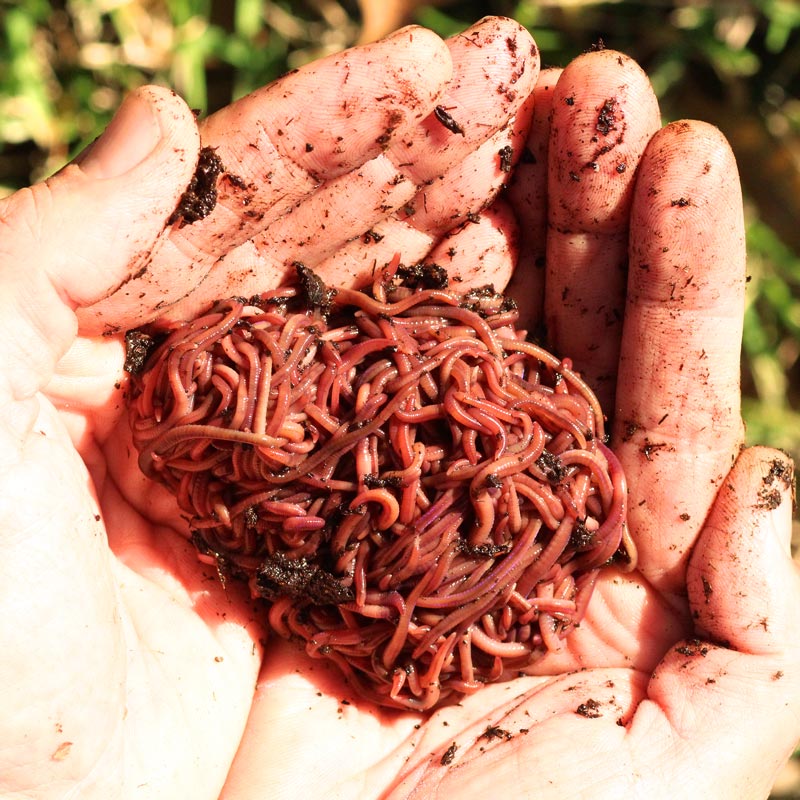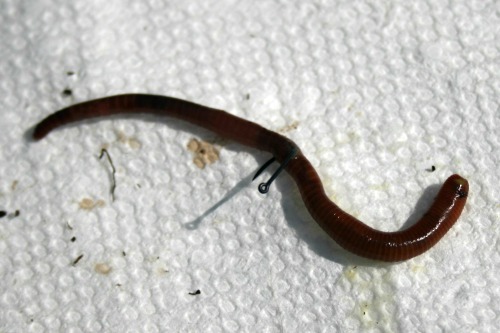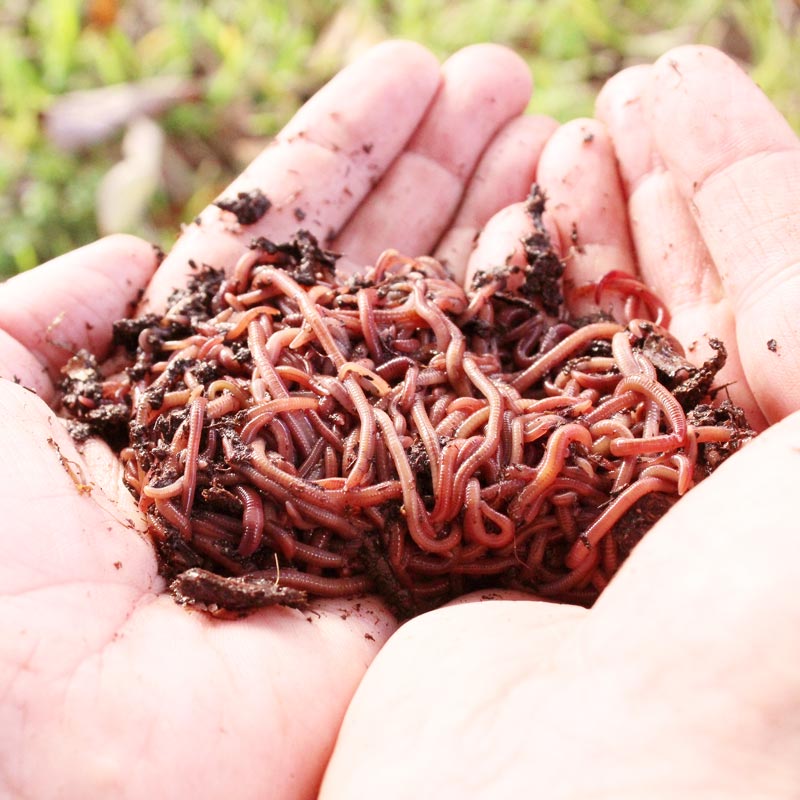Find the Best Products for Lawn Care with Red Wiggler Express for Lush Lawns
Find the Best Products for Lawn Care with Red Wiggler Express for Lush Lawns
Blog Article
Open the Secrets of Red Wigglers: Your Guide to Composting Success
The integration of red wigglers right into composting methods provides a significant chance for improving dirt health and wellness and advertising sustainability. These organisms are not merely reliable recyclers of organic waste; they offer a myriad of benefits that can change yard administration. Understanding their requirements and habits is important for maximizing their possibility, from setting up an appropriate worm container to feeding them the right materials. As we explore the vital components of successful vermicomposting, one may wonder how these small creatures can cause a more vibrant and efficient yard environment.

What Are Red Wigglers?
(Lake Hickory Bait)Red wigglers, scientifically referred to as Eisenia fetida, are a types of earthworm mainly made use of in composting due to their remarkable capability to disintegrate raw material efficiently. These worms are characterized by their reddish-brown pigmentation and a fractional body, typically measuring in between 3 to 4 inches in length. Unlike various other earthworm varieties, red wigglers grow in rich, organic environments, making them ideal for vermicomposting systems.
Belonging To The United States And copyright, they are frequently discovered in rotting fallen leaves and compost heap, where they play an essential role in nutrient recycling. Their adaptation to living in a damp, cardio atmosphere allows them to eat big quantities of natural waste, damaging it down into nutrient-rich castings that improve soil health.
Red wigglers recreate swiftly, with a solitary worm capable of creating a number of cocoons each week, each including several hatchlings. Recognizing the biology and habits of red wigglers is essential for maximizing their potential in composting applications.
Advantages of Using Red Wigglers
Utilizing the power of red wigglers in composting offers numerous benefits that enhance soil wellness and promote sustainable waste monitoring. These amazing microorganisms efficiently damage down natural issue, transforming cooking area scraps and lawn waste into nutrient-rich vermicompost. This ended up item is extremely advantageous for plant growth, as it improves dirt structure, enhances moisture retention, and enhances nutrient accessibility.

(Lake Hickory Bait)Additionally, the visibility of red wigglers in your composting system can accelerate the composting procedure, creating premium compost in a portion of the moment contrasted to traditional methods. The spreadings generated by these worms are also including valuable bacteria that further enhance the dirt community.
Establishing Your Worm Bin
Producing a reliable worm container is an uncomplicated process that can substantially improve your composting efforts. Worm containers can be made from plastic storage containers, wood boxes, or readily readily available worm bins.
Next, prepare the bedding material, which serves as the worms' habitat. A mix of shredded paper, cardboard, and coconut coir works well, offering a comfortable environment for the worms.

Feeding Your Red Wigglers
To make sure the wellness and productivity of your red wigglers, it is necessary to offer them with a balanced diet plan that satisfies their nutritional demands. Red wigglers flourish on a varied array of organic materials, which not just supply necessary nutrients yet also promote reliable composting.
Begin by integrating kitchen area scraps such as vegetable peels, fruit cores, and coffee grounds. Stay clear of citrus fruits, onions, and garlic, as these can be damaging to worm health and wellness. In addition, introduce shredded paper, cardboard, and completely dry fallen leaves to develop a well-aerated atmosphere.
Feeding regularity need to be kept track of; normally, worms can eat half their body weight in food weekly. It is vital to prevent overfeeding, as excess food can bring about undesirable smells and attract bugs. A great technique is to add food in little quantities, enabling worms to refine it before introducing more.
Preserving dampness levels is likewise vital; the bed linens needs to perspire yet not soggy. Last but not least, make sure to on a regular basis examine the temperature level and pH degrees of the container to make sure an optimum environment for your red wigglers, inevitably improving their composting performance.
Harvesting and Utilizing Garden Compost
An effective composting procedure with red wigglers culminates in the rich, dark garden compost referred to as vermicompost, which can considerably improve soil health and wellness and plant growth. Collecting this nutrient-dense material generally takes place every 3 to 6 months, relying on the dimension of your system and the quantity of raw material being processed.
To harvest, gently different the garden compost from the worms and any undecomposed materials. One effective method entails relocating the materials of the container to one side and including fresh bed linen and food to the empty area, motivating the worms to move. After a couple of days, the compost can be accumulated from the opposite side.
It is important to make use of vermicompost properly to optimize its benefits. It can be made use of as a top dressing for yard beds, combined right into potting soil, or brewed right into a nutrient-rich liquid fertilizer called "worm tea." This application technique assists to provide important nutrients directly to plant origins, promoting healthier development. By incorporating vermicompost into your horticulture program, you not just reuse natural waste great site but likewise produce a flourishing environment that sustains sustainable gardening methods.
Conclusion
In recap, red wigglers serve as phenomenal allies in composting initiatives, transforming organic waste right into nutrient-rich vermicompost. By recognizing the optimum conditions for their habitat, feeding demands, and garden compost harvesting techniques, gardeners can boost soil health and wellness and advertise plant vitality.
Report this page